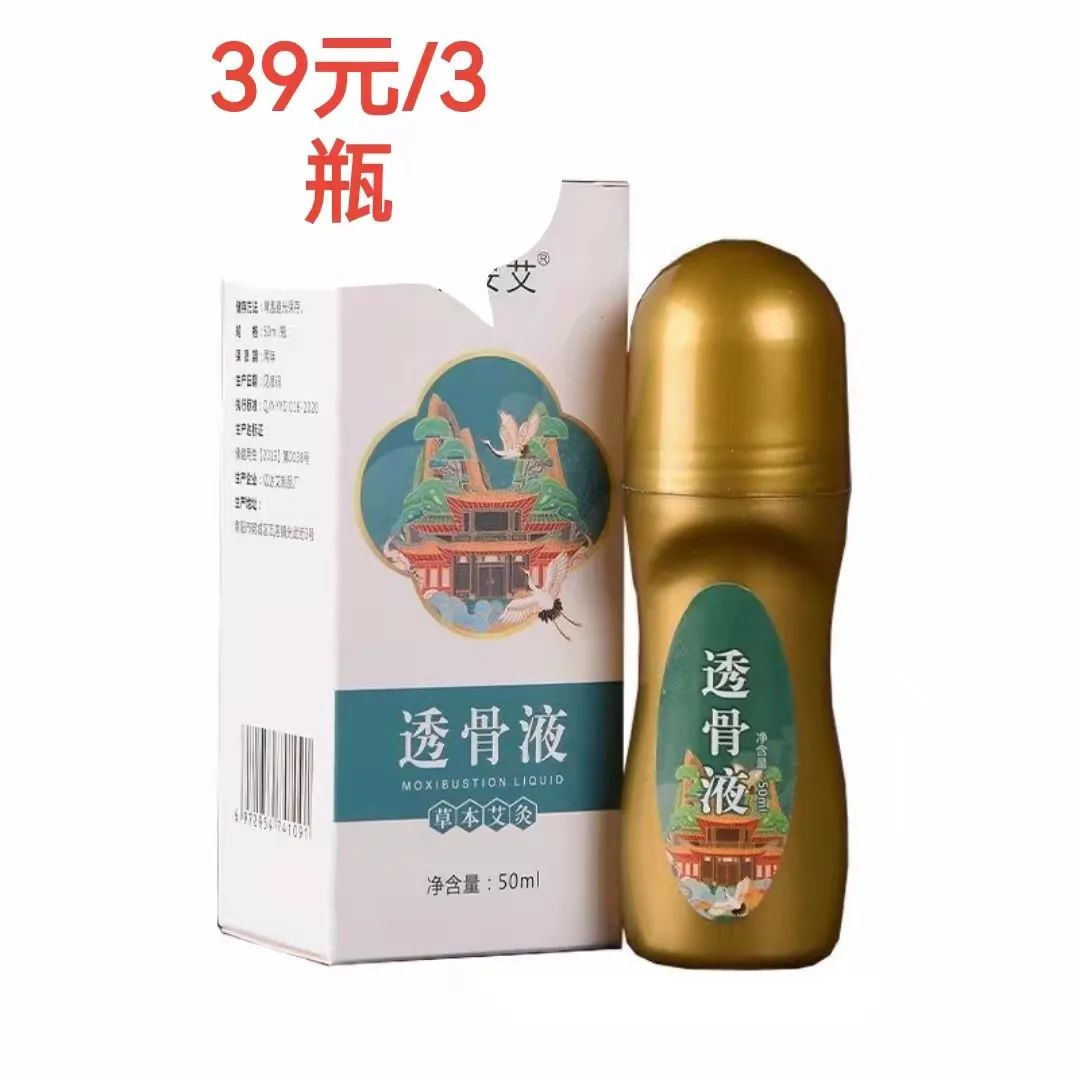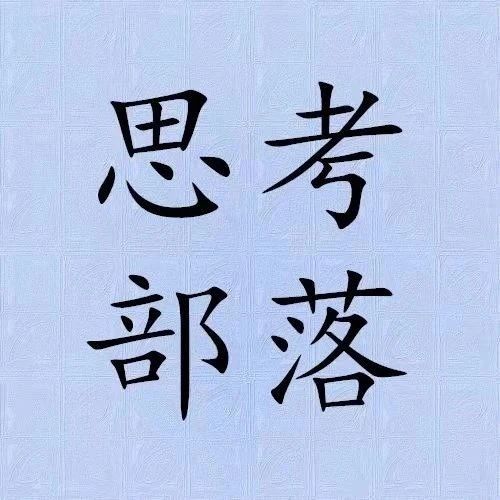Abstract: Mr. Guo Shikui has made significant contributions to the treatment of cardiovascular diseases. Academician Chen Keji summarized six types of powder formulas used by Guo for treating angina pectoris, which can serve as a reference for our clinical practice.
Guo Shikui’s Experience in Treating Angina Pectoris with Powder Formulas Author/ Chen Keji
Mr. Guo Shikui, a veteran TCM practitioner, has accumulated rich experience in the long-term prevention and treatment of coronary heart disease. He is skilled in using methods such as invigorating blood circulation and resolving blood stasis, warming and promoting circulation, and tonifying qi to treat angina pectoris and myocardial infarction. For moderate to severe angina pectoris, in addition to using decoctions for syndrome differentiation and treatment, he often employs powder formulas, which are effective and convenient for patients to take.The powder formulas developed by Guo for alleviating angina pectoris have distinctive characteristics in their formulation and are categorized as follows.1. Invigorating Blood and Resolving Stasis PowderIndicated for blood stasis pain. Symptoms include sharp, stabbing chest pain, pain localized to a specific area, wiry pulse, and a dark purple tongue or presence of stasis spots, with a generally robust physique.1. Xuejie San (Dragon’s Blood Powder): 1.5 grams of Xuejie, taken in two doses.2. Rumei San (Frankincense and Myrrh Powder): 1.5 grams each of Ruxiang (Frankincense) and Moye (Myrrh), ground into powder, mixed well, taken in two doses.3. Ruxiang 1.5 grams, Moye 1.5 grams, Xuejie 1.5 grams, Bingpian 1.5 grams, ground into powder, take 1 gram each time.2. Tonifying Qi and Invigorating Blood PowderIndicated for qi deficiency and blood stasis, with a weak constitution and accompanying chest pain. Symptoms include fatigue, shortness of breath, chest pain, thin or weak pulse, and a dull tongue.1. Hongshen Sanqi Fen (Red Ginseng and Notoginseng Powder): Equal parts of Hongshen (Red Ginseng) and Sanqi (Notoginseng), mixed well, take 1 gram each time.2. Hongshen Sanqi Xuejie San (Red Ginseng, Notoginseng, and Dragon’s Blood Powder): Equal parts of Hongshen, Sanqi, and Xuejie, mixed well, take 1 gram each time.3. Hongshen 1.5 grams, Sanqi 1.5 grams, Amber Powder 1 gram, mixed well, taken in two doses (for those with qi deficiency, blood stasis, and insomnia).4. Hongshen Yuanhu Fen (Red Ginseng and Corydalis Powder): Equal parts of Hongshen and Yuanhu (Corydalis), mixed well, take 3 grams each time.5. Hongshen 1.5 grams, Sanqi 1.5 grams, Yuanhu 3 grams, mixed well, take 2 grams each time (the last two formulas are for qi deficiency, blood phlegm, and qi stagnation).3. Regulating Qi and Invigorating Blood PowderIndicated for qi stagnation and blood stasis. Symptoms include chest pain, chest tightness, and a wiry pulse, with a dark tongue or stasis spots.1. Yuanhu Fen (Corydalis Powder): 3 grams, taken in two doses.2. Guangmuxiang Fen (Wide Wood Fragrance Powder) 1.5 grams, Yuanhu Fen 1.5 grams, mixed well, taken in two doses.3. Sanqi Yuanhu Fen (Notoginseng and Corydalis Powder): 1 gram of Sanqi, 3 grams of Yuanhu, mixed well, taken in two doses.4. Aromatic Warming and Promoting Circulation PowderIndicated for chest pain caused by cold evil stagnation. Symptoms include chest tightness, severe chest pain that worsens with cold, tight wiry pulse, and thin white tongue coating.1. Dingguixiang San (Clove and Cinnamon Powder): 1.5 grams of Clove, 1 gram of Cinnamon, 0.5 grams of Sandalwood, ground into powder, taken in two doses.2. Chenxiang Fen (Agarwood Powder) 1 gram, Gongdingxiang Fen (Clove Powder) 1 gram, Amber Powder 1 gram, mixed well, taken in three doses (for those with chest tightness and insomnia).5. Warming and Promoting Circulation PowderIndicated for chest pain caused by cold congealing and blood stasis. Symptoms include chest tightness and stabbing chest pain, pain localized to a specific area, worsens with cold, dark tongue, and thin tongue coating.1. Chenxiang Fen 1 gram, Gongdingxiang Fen 1 gram, Sanqi Fen 1 gram, Amber Powder 1 gram, mixed well, taken in three doses.2. Chenxiang Fen 0.5 grams, Xuejie Fen 1 gram, Amber Powder 0.5 grams, Sanqi Fen 1 gram, Bingpian Fen 0.5 grams, mixed well, taken in five doses.6. Warming and Promoting Circulation PowderIndicated for qi deficiency and blood stasis with cold evil stagnation. Symptoms include fatigue, shortness of breath, chest tightness, chest pain that worsens with cold, wiry pulse, dark tongue, and thin white coating.2 grams of Hongshen Powder, 0.5 grams of Chenxiang Powder, 1 gram of Xuejie Powder, 1 gram of Sanqi Powder, 0.5 grams of Amber Powder, 0.5 grams of Bingpian Powder, mixed well, taken in five doses.All of the above powder formulas are taken with warm water in divided doses throughout the day, and can also be taken temporarily during episodes of chest pain for pain relief.7. InsightsThe use of Chinese herbal powder formulas for treating angina pectoris has advantages such as small dosage, ease of preparation, convenience of administration, and rapid pain relief, making them popular among patients and of practical value, worthy of promotion.Guo’s formulation of powder prescriptions for treating angina pectoris reflects the principle of syndrome differentiation and treatment. As stated in the Suwen: Treatise on Obstruction: “Heart obstruction leads to unimpeded pulse,” Guo believes that the direct causes of true heart pain and obstructive heart pain are due to the obstruction of blood vessels, leading to pain. Therefore, he emphasizes invigorating blood circulation and resolving stasis to treat heart pain, which is fundamental to the treatment.All of the above powder formulas essentially embody the principle of invigorating blood and relieving pain.Moreover, since blood “congeals when cold and flows when warm,” Guo also places great importance on the role of aromatic warming and promoting circulation in alleviating angina pectoris, considering it a key aspect of treatment.Guo’s various powder formulas pay close attention to the relationship between qi and blood, as “qi movement promotes blood movement, while qi stagnation leads to blood stagnation.” Thus, promoting qi helps invigorate blood, hence the existence of regulating qi and invigorating blood powder; also, since “qi is the commander of blood,” qi deficiency leads to blood stasis, hence the existence of tonifying qi and invigorating blood powder; and since “cold qi leads to blood congealing, while warm qi leads to blood flow,” hence the existence of warming and promoting circulation powder.In summary, although most powder formulas are concise, they are rigorously formulated, addressing both the root and the branch, and while the dosages are small, their efficacy is remarkable.
Copyright Statement:This article is from: Journal of Traditional Chinese Medicine, 1983, Issue 10 | Author/Chen Keji, copyright belongs to the relevant rights holder.

For Tongjing Toupulu Liquid, click the bottom “Read Original” to purchase
The various prescriptions and formulas mentioned in this article are for reference and learning purposes for professional TCM practitioners only and should not be used as prescriptions. Please do not blindly try medications; this platform does not bear any responsibility for any consequences arising from this.


